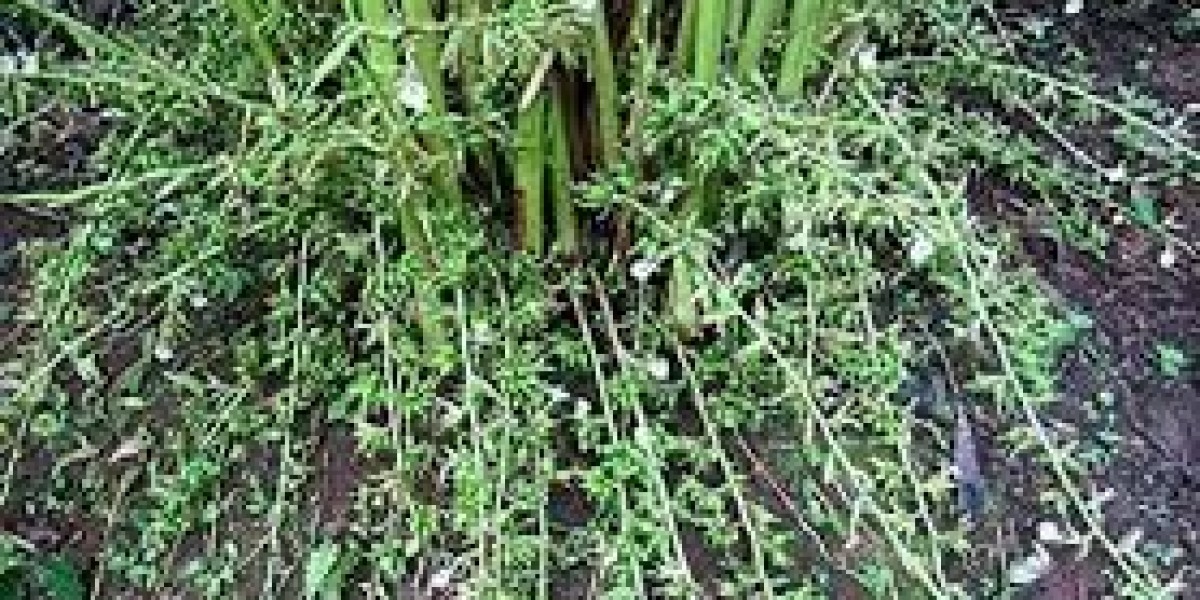In the verdant hills of the Western Ghats, where mist weaves through dense forests and monsoons nourish the soil, a spice of extraordinary heritage and flavor grows—Malabar Cardamom. Known for its deep, resinous aroma and warm, camphor-like taste, Malabar cardamom is one of India’s most treasured and historically significant spices. With roots that go back centuries, this variety of green cardamom is more than a culinary ingredient—it’s a symbol of India’s spice legacy.
As global interest in single-origin spices and authentic flavors increases, Malabar cardamom is emerging as a prized gem for chefs, food connoisseurs, and wellness seekers alike. Let’s explore the story, characteristics, uses, and benefits of this captivating spice.
What is Malabar Cardamom?
Malabar cardamom, also known as Elettaria cardamomum var. Malabar, is a traditional variety of green cardamom native to the Malabar Coast of Kerala, India. It is a member of the Zingiberaceae family, which includes other aromatic plants like ginger and turmeric.
What sets Malabar cardamom apart from other varieties is its distinct pod structure, flavor profile, and traditional cultivation methods. Compared to the Mysore variety (another popular Indian cardamom), Malabar cardamom tends to have smaller, more slender pods and a milder but more complex aroma, featuring sweet, herbal, and woody notes.
Historical Roots of Malabar Cardamom
The spice trade between India and the rest of the world dates back thousands of years, and cardamom was among the most coveted spices. The Malabar region—stretching along the southwest coast of India—was a bustling hub for spice cultivation and trade.
Ancient Egyptians used cardamom in perfumes and embalming. Greeks and Romans valued it for its medicinal properties and culinary charm. Arab traders introduced Malabar cardamom to the Mediterranean and European markets. For centuries, this spice traveled the Silk Road and maritime spice routes, shaping economies and empires.
Malabar cardamom continues to be grown in small, forest-shaded plantations in Kerala, often through sustainable and organic methods passed down through generations.
Characteristics That Define Malabar Cardamom
1. Appearance
Pods: Slender, slightly curved, and pale green to yellowish in color.
Size: Generally smaller and more delicate than other types like Mysore cardamom.
Seeds: Dark, aromatic seeds enclosed in thin but firm husks.
2. Flavor and Aroma
The flavor is cool, sweet, herbal, and lightly camphorous, with hints of eucalyptus and mint.
Less pungent than the Mysore variety, but with a smoother, more balanced taste, making it ideal for subtle infusions and sweet dishes.
3. Growing Conditions
Grown under shade in high-humidity, high-altitude regions of Kerala (often at elevations between 600 and 1500 meters).
Requires rich, loamy soil and a well-distributed monsoon.
These unique terroir elements make Malabar cardamom not only distinctive in taste but also environmentally sustainable when cultivated traditionally.
Culinary Uses of Malabar Cardamom
Malabar cardamom is a versatile spice that can transform a dish with just a few pods. Its fragrant, complex notes make it a favorite across sweet and savory cuisines around the world.
1. Indian Cuisine
In India, Malabar cardamom is a staple in:
Chai masala (tea blends)
Biryani and pulao (fragrant rice dishes)
Kheer, halwa, and laddu (traditional sweets)
Curries and gravies for depth and sweetness
Whole pods are often sautéed in ghee or oil to release their aroma, or the seeds are freshly ground into spice blends like garam masala.
2. Global Applications
Middle Eastern cuisine: Used in Arabic coffee, desserts like baklava, and rice dishes.
Scandinavian baking: Found in pastries, cakes, and spiced cookies.
Western cuisine: Increasingly used in infused syrups, custards, and cocktails for a botanical lift.
Whether used whole, ground, or as a seed infusion, Malabar cardamom adapts beautifully to both traditional and modern recipes.
Health Benefits of Malabar Cardamom
Beyond its culinary appeal, Malabar cardamom has been valued in Ayurveda and traditional medicine for centuries. Modern science is also beginning to recognize its many health benefits.
1. Digestive Aid
Cardamom is known to:
Stimulate digestive enzymes
Reduce bloating and gas
Relieve nausea and acidity
2. Detoxifying and Diuretic Properties
It supports:
Kidney function
Elimination of waste
Cleansing of the urinary tract
3. Antioxidant and Anti-inflammatory Effects
Rich in:
Flavonoids
Essential oils
Polyphenols that help fight free radicals and inflammation
4. Oral Health
Cardamom has natural antibacterial properties that can:
Freshen breath
Combat mouth ulcers and infections
5. Respiratory Support
Its menthol-like compounds help ease:
Congestion
Asthma symptoms
Cough and cold-related discomfort
6. Mood and Mental Health
In aromatherapy and Ayurveda, cardamom is considered uplifting, helping to relieve stress and boost mental clarity.
Sourcing and Sustainability
In today’s spice market, quality and traceability matter. Malabar cardamom is often overshadowed by cheaper or blended cardamom products. However, there is a renewed interest in single origin and sustainably grown spices, and Malabar cardamom fits this niche beautifully.
Several ethical spice companies now work directly with Kerala farmers to source pure, chemical-free Malabar cardamom, often sun-dried and hand-sorted to preserve its integrity.
By choosing such products, consumers support:
Small-scale farmers
Fair trade practices
Agroforestry and biodiversity conservation
How to Buy and Store Malabar Cardamom
Buying Tips:
Look for whole pods with a fresh green or golden hue—not faded or dry brown.
Pods should be firm, not soft or broken.
Consider buying from brands that specialize in single origin spices and offer transparency about sourcing.
Storage:
Store in airtight containers away from light and moisture.
Whole pods retain flavor for over a year; ground cardamom should be used within a few months.
To maximize flavor, grind seeds only when needed, using a spice grinder or mortar and pestle.
Malabar Cardamom in the Global Spice Renaissance
As global consumers become more curious, conscious, and connected, there’s a shift happening—a spice renaissance. More people are turning to authentic, unadulterated spices that tell a story. In this narrative, Malabar cardamom shines not just for its history and heritage but for the sensory magic it brings to the kitchen.
It’s being rediscovered not only by Indian chefs but by mixologists, bakers, and experimental cooks around the world looking to create unique flavor experiences with depth and nuance.
Final Thoughts
Malabar cardamom is more than a spice—it’s an experience. From the misty plantations of Kerala to a warm cup of chai on a rainy day, it connects people to culture, tradition, and taste in the most fragrant way.
Whether you’re simmering a pot of biryani, baking a Scandinavian pastry, or infusing a cocktail, Malabar cardamom adds an unforgettable signature. In a world of convenience and mass production, it reminds us of the value of patience, provenance, and the power of pure, unblended flavor.









